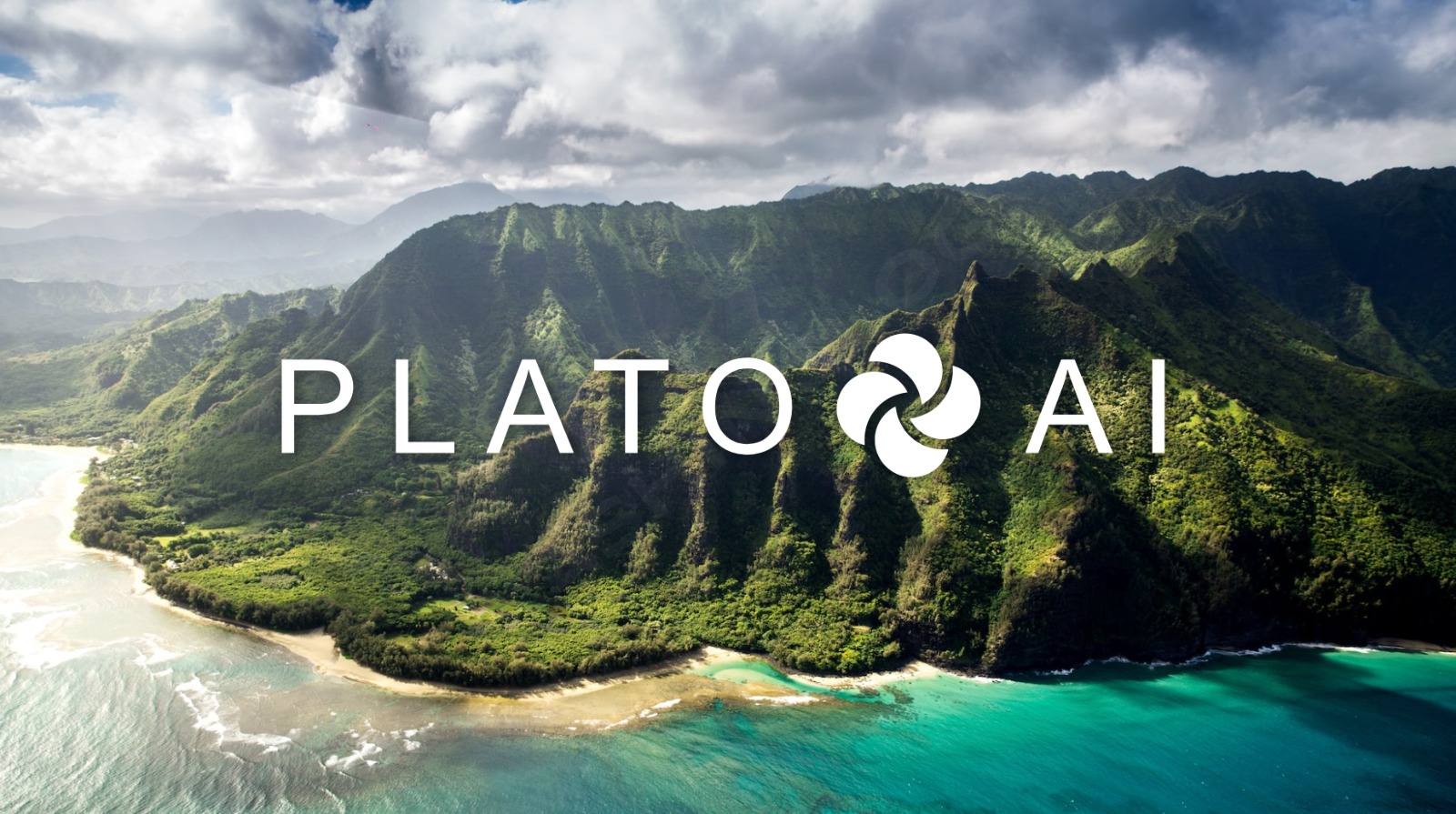Carbon credits are a crucial tool in the fight against climate change, allowing companies and individuals to offset their carbon emissions by investing in projects that reduce greenhouse gas emissions. However, not all carbon credits are created equal, and it is important for buyers to understand the differences between the various types of credits available on the market.
In a recent study conducted by UNIDROIT, an intergovernmental organization that works to harmonize international private law, researchers examined the legal nature of different types of carbon credits. The study aimed to provide clarity on the legal implications of purchasing and using different types of credits, in order to help buyers make informed decisions.
One of the key distinctions highlighted in the study is between compliance and voluntary carbon credits. Compliance credits are issued by government-mandated cap-and-trade systems, such as the European Union Emissions Trading System (EU ETS), and are used by companies to meet their regulatory obligations to reduce emissions. These credits have a legally binding nature and can be traded on regulated markets.
On the other hand, voluntary carbon credits are issued by independent certification bodies, such as the Gold Standard or the Verified Carbon Standard, and are purchased voluntarily by companies and individuals looking to offset their emissions. These credits do not have a legally binding nature and are typically used for corporate social responsibility purposes or to demonstrate environmental leadership.
The study also examined the legal implications of different types of carbon offset projects, such as renewable energy projects, reforestation projects, and energy efficiency projects. Each type of project has its own set of legal considerations, including issues related to property rights, liability, and contract law.
Overall, the study concluded that buyers of carbon credits should carefully consider the legal nature of the credits they are purchasing, as well as the legal implications of the offset projects they are investing in. By understanding these factors, buyers can ensure that they are making a meaningful contribution to reducing greenhouse gas emissions and supporting sustainable development.
In conclusion, distinguishing between different types of carbon credits is essential for buyers looking to make informed decisions about their carbon offsetting activities. The study conducted by UNIDROIT provides valuable insights into the legal nature of different types of credits and highlights the importance of considering these factors when purchasing carbon offsets. By taking these considerations into account, buyers can ensure that their investments have a positive impact on the environment and contribute to global efforts to combat climate change.
- SEO Powered Content & PR Distribution. Get Amplified Today.
- PlatoData.Network Vertical Generative Ai. Empower Yourself. Access Here.
- PlatoAiStream. Web3 Intelligence. Knowledge Amplified. Access Here.
- PlatoESG. Carbon, CleanTech, Energy, Environment, Solar, Waste Management. Access Here.
- PlatoHealth. Biotech and Clinical Trials Intelligence. Access Here.
- Source: https://zephyrnet.com/not-all-carbon-credits-are-the-same-unidroit-update-study-on-the-legal-nature/

